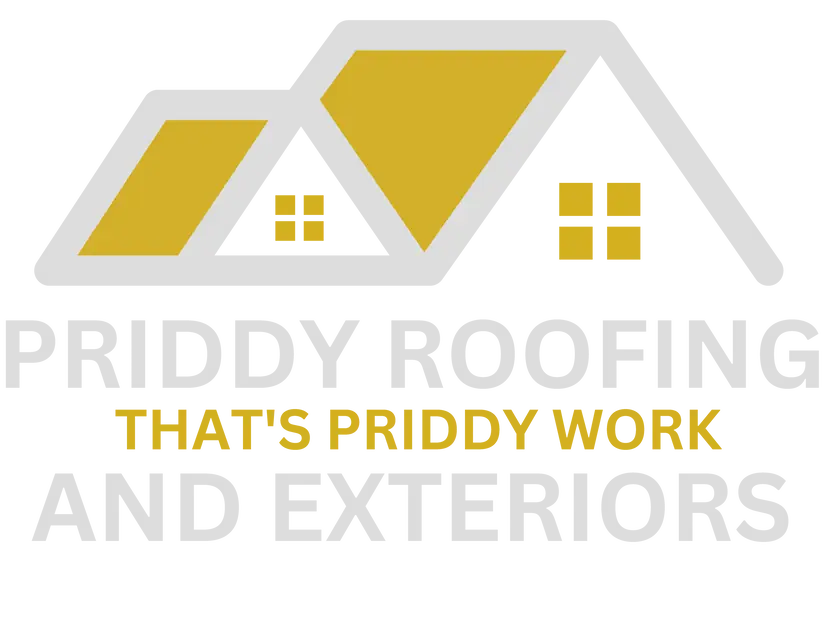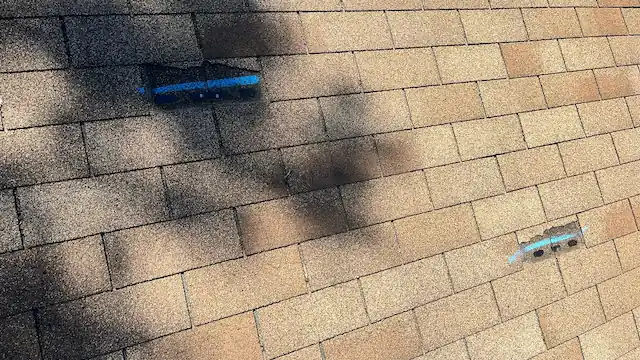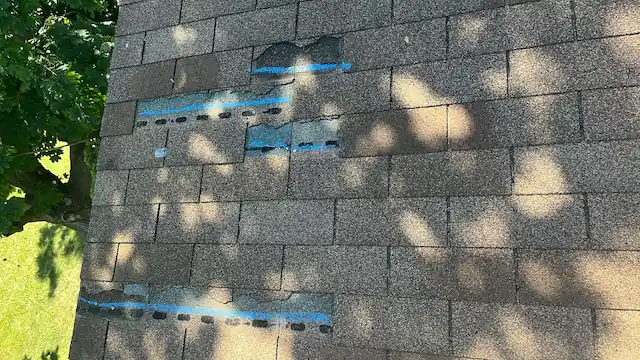How Wind Damage Impacts Your Roof Over Time
Many homeowners keep their eyes on hail and heavy rainfall when storms roll through the region. But one of the most underestimated threats to your roof is wind. Unlike a visible leak or a missing shingle, wind damage is often quiet and slow-moving, making it a hidden danger. Over time, even moderate wind can cause serious issues that lead to costly repairs if not addressed early.
This guide will walk you through how wind damage gradually impacts your roof, what signs to look for, and the best steps to take if your roof has been compromised. By staying informed and proactive, you can protect your home and ensure it stays safe, secure, and looking its best.
The Long-Term Impact of Wind on Your Roof
1. Uplift Pressure Compromises Shingles
Wind doesn’t hit your roof evenly. The corners, edges, and ridge lines take the biggest hit. This creates “uplift pressure,” which can loosen shingles over time. You may not notice it right away, but as shingles start to lift, water can creep underneath — leading to leaks and rot in the decking below.
Wind-damaged shingles may not be completely torn off; often they’re just slightly raised or curling, making them vulnerable to future storms.
2. Repeated Exposure Wears Down Roofing Materials
The more storms your roof goes through, the more stress it takes. Asphalt shingles, the most common roofing material, can become brittle from repeated bending in high winds. Over time, this weakens the overall structure, increasing the chance of shingles breaking or being completely blown off.
Different types of roofing materials have different levels of resistance. Metal roofing holds up well but may loosen at the seams or fasteners if not properly installed. Wood shingles may split, while composite and vinyl options often suffer from cracking or warping.
3. Wind-Driven Debris Causes Physical Damage
Flying debris is a major concern in strong winds. Branches, loose items from neighboring yards, and even gravel can cause direct damage to your roof. These impacts might not be large or dramatic, but a small puncture in the right spot can create a slow leak that leads to water damage over time.
Damaged roof parts, especially flashing and drip edges, become easy entry points for moisture — one of the biggest threats to your roof’s lifespan.
4. Hidden Leaks and Moisture Intrusion
Wind-driven rain doesn’t fall vertically — it comes at your home sideways. If your roof isn’t sealed tightly or if wind has shifted the shingles, water can sneak in. These leaks may be small, but they can cause long-term issues like mold, mildew, or damage to attic insulation and framing.
This is where storm damage repair becomes more than a patch job — it’s about identifying the root of the problem before it becomes a much larger repair.
Warning Signs of Wind Damage
Sometimes the damage is easy to see. Other times, it’s hiding in plain sight. Here’s what to watch for:
- Missing shingles: Entire sections may be gone after strong gusts.
- Curling or lifting edges: These can let wind and water under the shingle.
- Loose or bent flashing: Especially around chimneys and skylights.
- Granule loss: Shingle granules in your gutters are a sign of wear.
- Water stains or spots: Inside ceilings or walls indicate an active leak.
Not all signs are immediate. That’s why a post-storm inspection is key — even if everything looks fine from the ground.
Why You Shouldn’t Delay Repairs
Postponing roof repairs can lead to major structural damage, mold growth, and increased costs down the road. A roof that’s compromised won’t just leak — it can sag, rot, and in worst-case scenarios, collapse under pressure.
The cost of siding replacement or gutter repairs might seem like a hassle today, but waiting until the next big storm could double your expenses. Hiring a roofing repairs company with storm experience ensures the job gets done right.
How to Protect Your Roof from Wind Damage
Step 1: Get a Free Inspection
After any significant storm — especially one with high winds — schedule a free inspection. Trained professionals know how to spot the early warning signs of damage before they become bigger issues. Whether you’re looking for help with roofing or siding installation near me, an inspection is always the first step.
Step 2: Pick and Install Your Roof
If your roof needs repair or replacement, use materials that are wind-resistant and rated for high performance. Choosing the right roof material types makes a big difference in how your home holds up long-term. Consider asphalt shingles with a high wind rating or a metal roof for enhanced durability.
Local roofing companies that finance can also make these upgrades more accessible. Whether you need roof replacement services near me or siding contractors in my area, you’ll want a team that can guide you through the selection and installation process.
Step 3: Rest Easy
Once the work is complete, you can rest easy knowing your home is ready for whatever weather comes next. With proper repairs and the right materials, you can avoid future storm damage and improve your home’s curb appeal at the same time.
Why Local Matters
When searching for siding companies near me or roofing companies in Calvert County or the surrounding areas, local experience is key. Contractors familiar with the weather patterns in Maryland understand what homes need to stay safe in high winds. They also know how to navigate insurance claims, which can be tricky after storm damage.
Whether you’re looking for storm damage roof repair you or vinyl siding contractors near you, trust teams who are close by and ready to respond quickly when bad weather hits.
Bonus Tip: Don’t Forget the Gutters
Your gutter system plays a crucial role in protecting your roof. Strong winds can bend or detach gutters, disrupting water flow and leading to foundation or siding damage. The average cost of gutter replacement is far less than the damage that poor drainage can cause.
If you’re considering upgrades, look into seamless guttering companies near you or inquire about the gutter replacement price. Taking care of your gutters now saves you a headache later.
Final Thoughts
Wind damage may not make headlines, but it’s one of the most common reasons roofs need repair. The signs aren’t always obvious — and by the time you notice a leak, it could already be too late. But with regular inspections, quality repairs, and a team you can trust, your home stays safe, dry, and secure.
Protect your investment. Check for signs. Don’t wait for problems to get worse. Contact us now.


